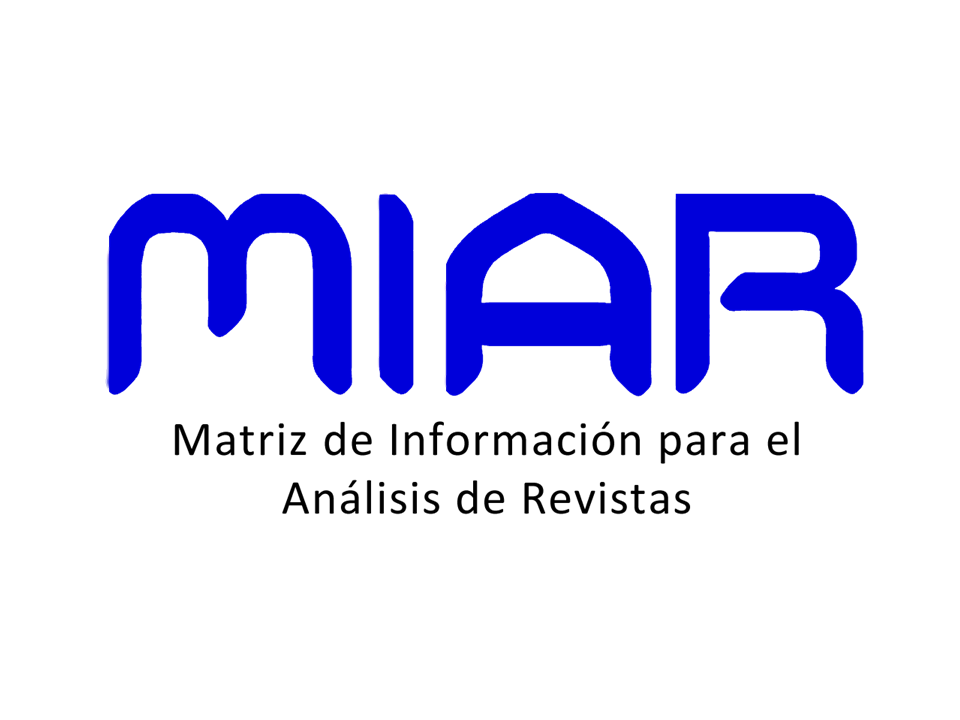ASPECTOS DE HIPOSEGMENTAÇÃO E HIPERSEGMENTAÇÃO NA ESCRITA DE CONTOS PRODUZIDOS NA ESCOLA
DOI:
https://doi.org/10.22478/ufpb.1983-9979.2019v14n1.48991Resumo
Este estudo traz uma reflexão do uso da segmentação não-convencional em textos escritos por alunos do 7º do Ensino Fundamental, matriculados em escola pública, e analisa contos escritos em ambientes didáticos distintos, durante um projeto de leitura e de escrita desenvolvido no Ensino Fundamental. A relevância desse estudo reside numa proposta didática para diminuir equívocos de escrita, a partir da leitura e escrita de contos. Além disso, este trabalho se inspira numa metodologia do ensino australiano. Para tanto, identificamos e categorizamos fenômenos linguísticos considerados não-convenções da língua escrita, de origem fonológica e grafo-fonológica, não adequados à norma padrão escrita, constatando maior incidência de hipo e hipersegmentação de palavras em vinte contos escritos. Para fundamentar esta pesquisa, utilizamos os estudos de Rothery (1994; 1996), Martin e Rose (2008) e Rose e Martin (2012) sobre a Pedagogia de Gêneros, desenvolvidos pelos estudiosos da Escola de Sidney, além dos estudos de Bortoni-Ricardo e Cagliari (2009) sobre escrita, Cunha (2004), Tenani (2011, 2014) sobre segmentações não-convencionais. Os resultados demonstram um processo de letramento escolarizado dos participantes, apontando flutuação na linguagem, pois ora o estudante escreve fugindo às normas ortográficas, ora escreve conforme a convenção da língua.Downloads
Não há dados estatísticos.
Downloads
Publicado
2019-11-09
Como Citar
da Silva Nemésio dos Santos, A. C. M., & da Silva Albuquerque Barbosa, M. do R. (2019). ASPECTOS DE HIPOSEGMENTAÇÃO E HIPERSEGMENTAÇÃO NA ESCRITA DE CONTOS PRODUZIDOS NA ESCOLA. PROLÍNGUA, 14(1), 132–145. https://doi.org/10.22478/ufpb.1983-9979.2019v14n1.48991
Edição
Seção
Artigos










